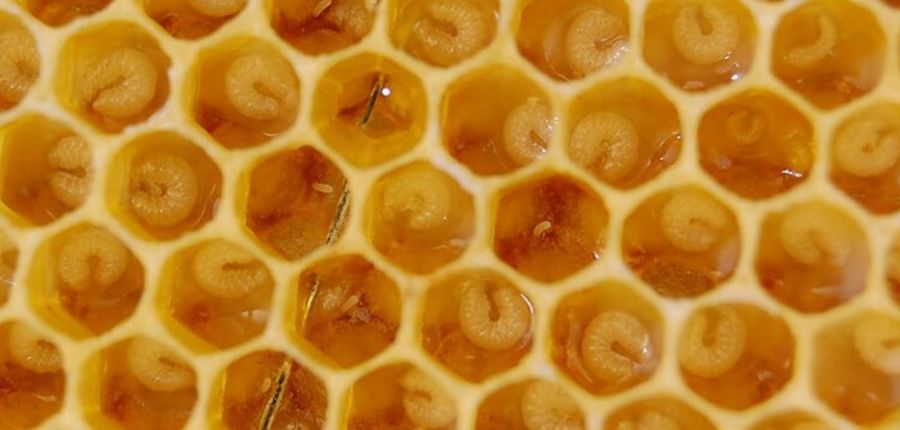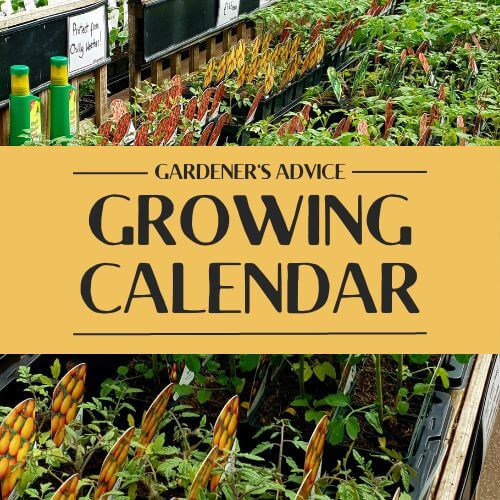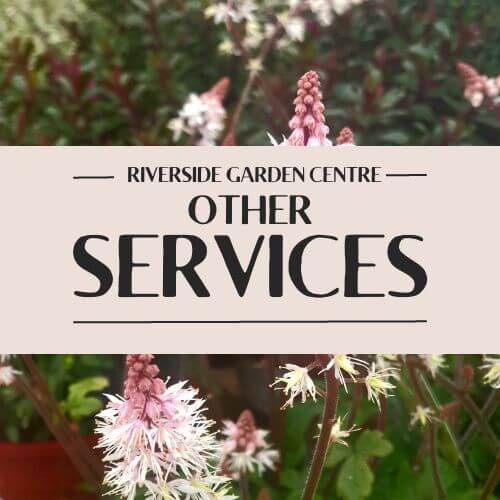Our honey factory begins production!
Posted By: John The Beekeeper Category: Riverside BeesApril marks the proper start of the beekeeper’s year. Assuming a colony of honeybees has survived the winter, now that warmer weather has arrived the queen is beginning to lay again and the colony is growing rapidly in numbers. I keep bees for their honey and the Riverside hive has rewarded us handsomely the last few years, so I take good care of the colony by checking its health and feeding with thin sugar syrup at this time of year as stores in the hive are almost exhausted and a spell of cold, wet weather might result in a colony starving to death.
First health check of the year
I carried out the first proper check of our colony on Sunday 9 April - a wonderful warm day when the bees were happy and busily going about their work, gathering pollen and nectar. Our queen is busy laying lots of eggs: I know this as I searched until I spotted some, looking like tiny pieces of white thread at the bottom of each cell. I also spotted lots of white grubs which are the next stage of a bee’s development until it hatches out from its cell three weeks after the egg was laid.
Spring cleaning the hive
While the hive was open, I did a bit of spring cleaning - removing old comb which has served its purpose, now dark with age and certainly not an inviting place for the queen to lay her eggs. When I next check the colony in a week or so, I intend replacing the brood box (the larger box which forms the main section of the hive and is where the queen lays her eggs – hence the name) with a clean box, made from cedar and filled with sheets of new wax on which the bees will create a wonderful structure of hexagonal cells. The queen and her colony will then be carefully transferred to their new home.
Encouraging the queen to lay
At the moment, our hive contains a few thousand bees, all female ‘workers’. The increase in hours of daylight and rise in temperature stimulate the queen to begin laying eggs in earnest, upwards of a thousand a day from now until August. Once hatched, a worker bee spends about three weeks in the hive, looking after the bees which are developing in their cells and helping to keep the hive clean and tidy. She then ventures outside and becomes a true ‘worker bee’, seeking out sources of pollen and nectar which are then stored in the hive and flying day in, day out until her wings literally wear out and she dies.
As a passionate beekeeper, my aim is to create the largest colony of bees in time for the main flows of nectar which occur round these parts from May until July and if everything works out as planned, we should have a bumper harvest of honey later in the year. If you are a regular visitor to Riverside, keep an eye on our hive and watch as it expands over the coming weeks to accommodate its growing population of honey harvesters!
Written April 2017







